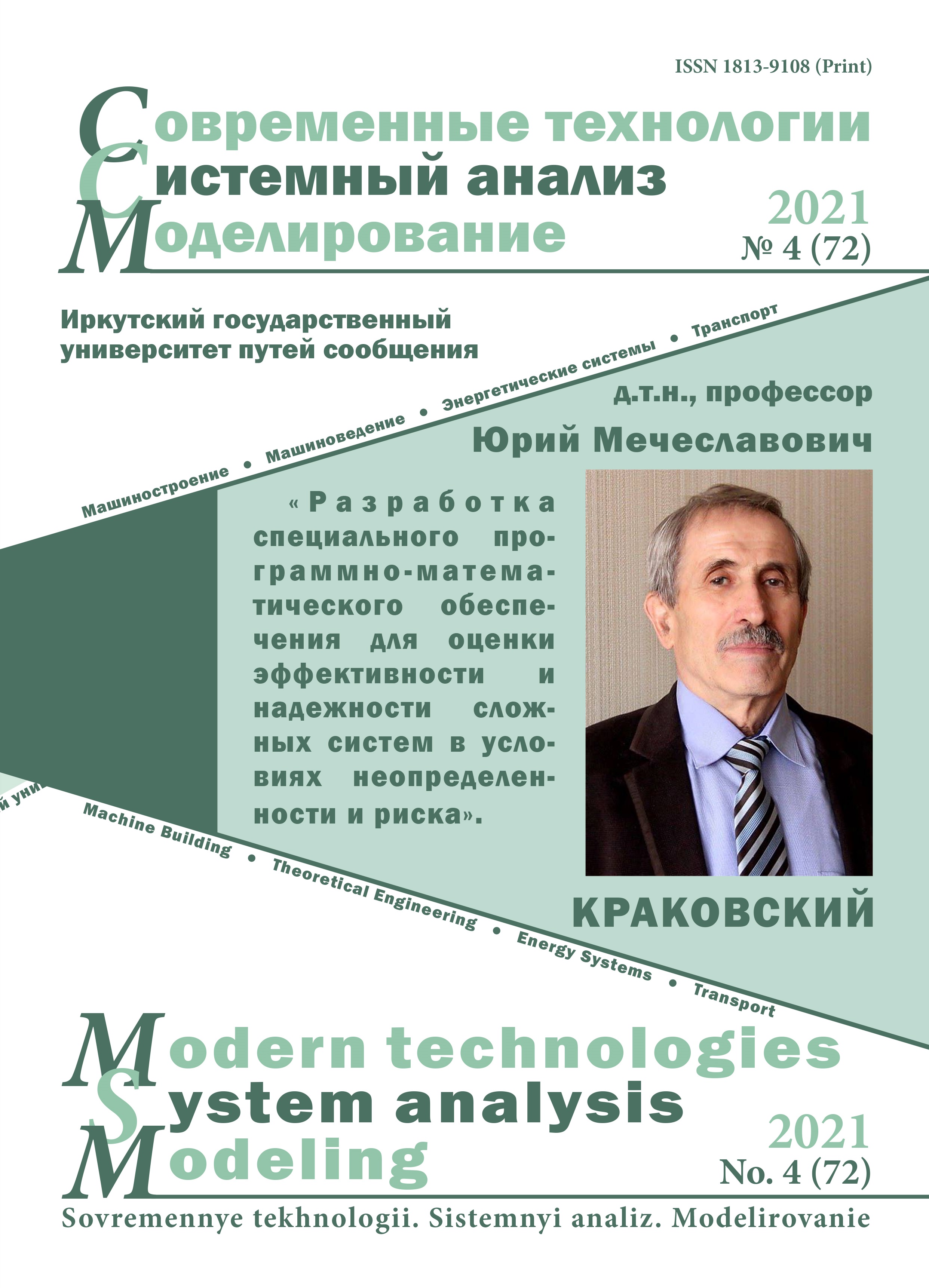Technique for testing samples from elastomers to obtain the mechanical characteristics of their hyperelasticity and finite element modeling of deformable assembly structures
Keywords:
aviation, elastomeric materials, determination of elastic strength properties of rubber, strain energy potential, full-scale tests, finite element modeling, натурные испытания, конечно-элементное моделированиеAbstract
Products made of elastomers, including rubber, have a wide field of application, and at present a large number of works are devoted to the study of their stress-strain state. However, questions remain when studying their collaboration with parts from other materials in contact with them. These issues are of particular relevance in aviation, in particular, due to the high density of the arrangement of complex mechanisms, the diversity of parts, etc. Also, high requirements for aviation elastomers are imposed in connection with a wide range of temperatures and overloads during operation. products. These requirements include: preservation of elastic properties, physical and mechanical properties, resistance to various aggressive environments. This paper presents a list of components of various aircraft systems manufactured using rubber. The paper presents the study of the mechanical characteristics of products made of elastomers, including rubber, which have a wide range of applications. The study of the stress-strain state of these products is relevant and a large number of works are devoted to it. The relevance of the presented work is determined by the fact that there remain questions of studying the fastening of elastomers, that is, their work in conditions of conjugation with metal parts. The development of approaches to solving this nonlinear problem is of particular relevance in such industries as aviation, energy, mechanical engineering and other high-tech industries. In this case, high requirements are imposed on elastomers due to a wide range of temperatures and overloads at all stages of the product life cycle. In particular, the special requirements for elastomers include: elasticity, mechanical characteristics and resistance to various aggressive media. This paper presents an experimental study of elastomers relative to standard and non-standard conditions, as well as a list of nodes that have promising solutions using elastomeric materials.
References
Зенкевич О.К. Метод конечных элементов в технике. Москва: Издательство «Мир», 1975 г. 541 с.
Пономарев П.В. Разработка силоксановых резин и герметиков с повышенной термо-, огнестойкостью: специальность 05.17.06 «Технология и переработка полимеров и композитов»: диссертация на соискание ученой степени кандидата технических наук / Пономарев Павел Владимирович: Казанский национальный исследовательский технологический университет, 2019. 124 с.
Аверко-Антонович Ю.О., Омельченко Р.Я., Охотина Н.А., Эбич Ю.Р. Технология резиновых изделий. Ленинград: Химия, 1991. 351 с.
Голубев А.И., Кондаков Л.А., Овандер В.Б., Гордеев В.В., Фурманов Б.А., Кармугин Б.В. Уплотнения и уплотнительная техника. М.: Машиностроение, 1986. 234 с.
Жеребков С.К. Крепление резины к металлам. М.: Госхимиздат. Москва, 1966. 348 c.
Смекни. URL: https://smekni.com/a/172400/kreplenie-reziny-k-metallam/. Режим доступа: свободный. Текст. Изображение: электронные.
Бурцев Б.Н., Вагис В.П., Селеменев С.В. Соосный несущий винт вертолета. Конструкция и аэромеханика. М.: Фирма «Камов», 2004 г., 30 с.
Башаров Е.А., Ткаченко С.А. Конструкция втулок винтов вертолета. М.: МАИ, 2019. 104 с.
Вагин А.Ю., Михеев С.В., Плущевский А.М., Осмоловский Р.Ф. Несущий винт винтокрылого летательного аппарата с системой складывания лопастей. Патент № 2376201 C2 Российская Федерация, МПК B64C 27/32, B64C 27/39: №2008118006: заявл. 08.05.2008: опубл. 20.12.2009 / заявитель: ОАО «Камов»
Пыхалов А.А. Контактная задача статического и динамического анализа сборных роторов турбомашин: специальность 05.07.05 «Тепловые, электроракетные двигатели и энергоустановки летательных аппаратов»: диссертация на соискание ученой степени доктора технических наук / Пыхалов Анатолий Александрович: Московский государственный авиационный институт, 2006. 428 с.
ГОСТ 270-75. Резина. Метод определения упругопрочностных свойств при растяжении = Rubber. Method for determining elastic tensile properties: межгосударственный стандарт: утвержден и введен в действие Постановлением Государственного комитета СССР по стандартам от 03.02.82 N 439: введен впервые: дата введения 1978-01-01 / разработан и внесен Министерством нефтеперерабатывающей и нефтехимической промышленности СССР. Москва: Стандартинформ, 2008. 11 с.
Бергштейн Л.А. Лабораторный практикум по технологии резины. Москва: Химия, 1989 г. 248 с.
Колпак Е.П. Большие деформации резиновых мембран // Молодой учёный. 2014. №16 (75). С. 78-83.
Шмурак М.И., Кучумов А.Г., Воронова Н.О. Анализ гиперупругих моделей для описания поведения мягких тканей организма человека // Master’s Journal. №1. 2017. С. 230 – 243.
Финк Т.Б. Взаимодействие гиперупругих тел с жесткими телами. Казань: Казанский (Приволжский) Федеральный университет, 2015. 21 с.
Википедия. Интернет-энциклопедия. URL: https://en.wikipedia.org/wiki/Hyperelastic_material. Режим доступа: свободный. Текст. Изображение: электронные.
Слезкин Д.В. Построение модели полимерного резиноподобного материала с помощью инструмента MSC.Software Patran Experimental Data Fitting. Москва: MSC Software Corporation, 2008. 20 с.
Тимошенко С. П. Янг С. Х., Уивер У. Колебания в инженерном деле. М.: Машиностроение, 1985. 472 с.


